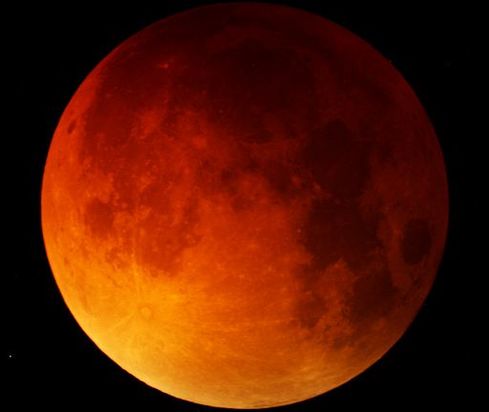Working independently, Steve Albers of NOAA and Helio Vital of REA/Brazil have suggested another reason: aerosols in the atmosphere. "Earth's stratosphere is no longer completely clean of volcanic ashes," says Vital. "In fact, lingering aerosols from the explosion of Calbuco, five months ago, may be to blame for that excessive darkening."
Calbuco is a volcano in Chile. After it erupted in April 2015, colorful sunsets were observed around the southern hemisphere for months. Recently, Albers has noted an increase in purple and yellow sunsets around his home town, Boulder CO, and elsewhere. These are telltale colors of volcanic exhaust. "A thin veneer of aerosols from Calbuco may have now spread to the northern hemisphere," Albers says. "In addition, we could be seeing the effects of residual smoke from forest fires at high altitudes, or the general increase in sulfate pollution that has been documented on a global basis."
Richard Keen, who is a leading expert on volcanic aerosols and lunar eclipses, says "the Sept. 27th eclipse was about 0.5 magnitudes darker than expected for a clear stratosphere. A slight layer of aerosols in the upper troposphere/lower stratosphere might explain this. Also, the Moon passed through the southern part of Earth's shadow, so southern hemisphere aerosols (such as those produced by Calbuco) would have greater effect." www.spaceweather.com

 RSS Feed
RSS Feed